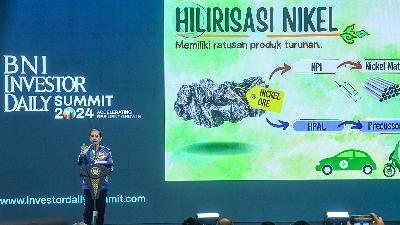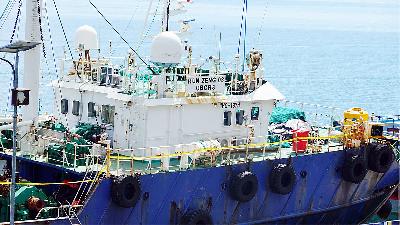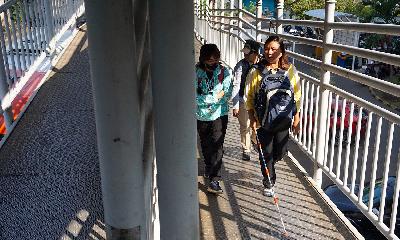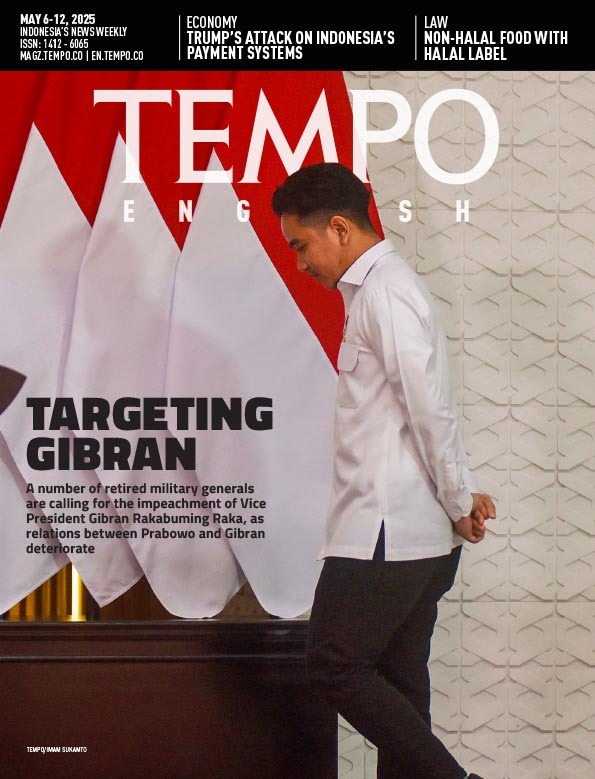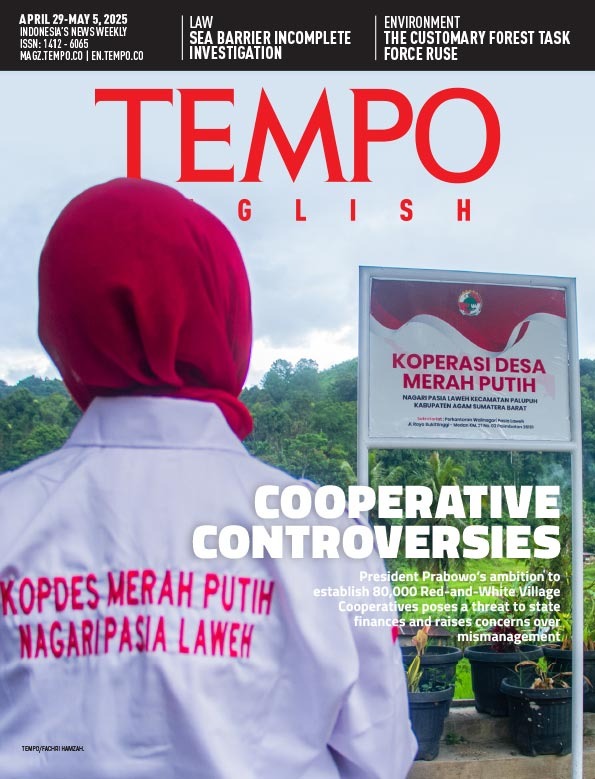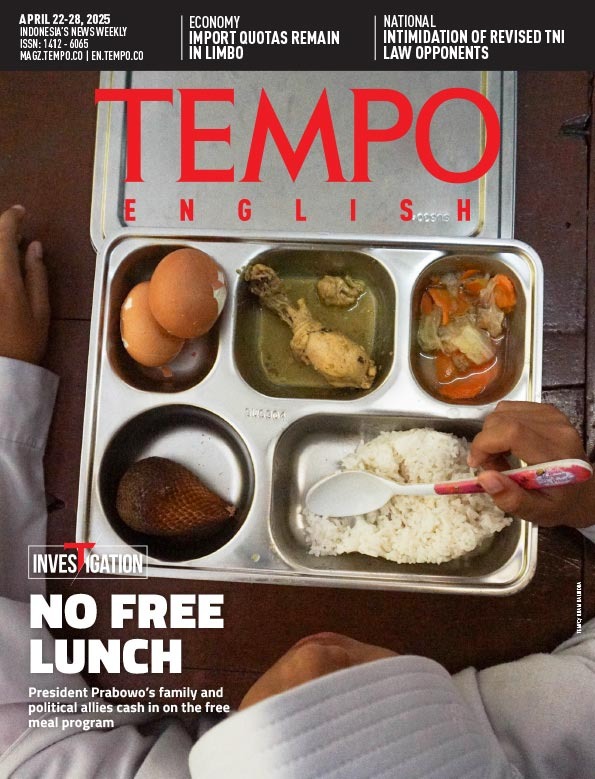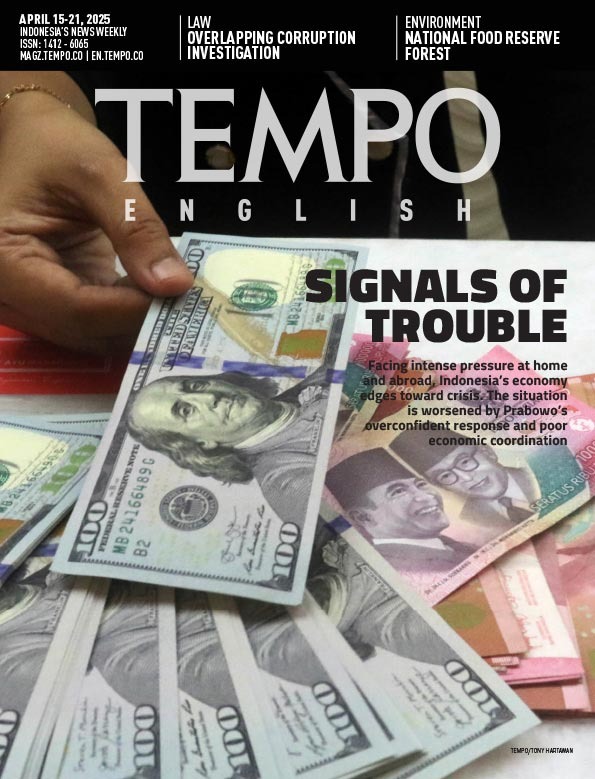Obstacles to the Provision of Inclusive Public Transportation
Monday, October 14, 2024
Jakarta is striving to provide inclusive transportation, but challenges remain, from funding issues to construction oversight.
arsip tempo : 174668614367.
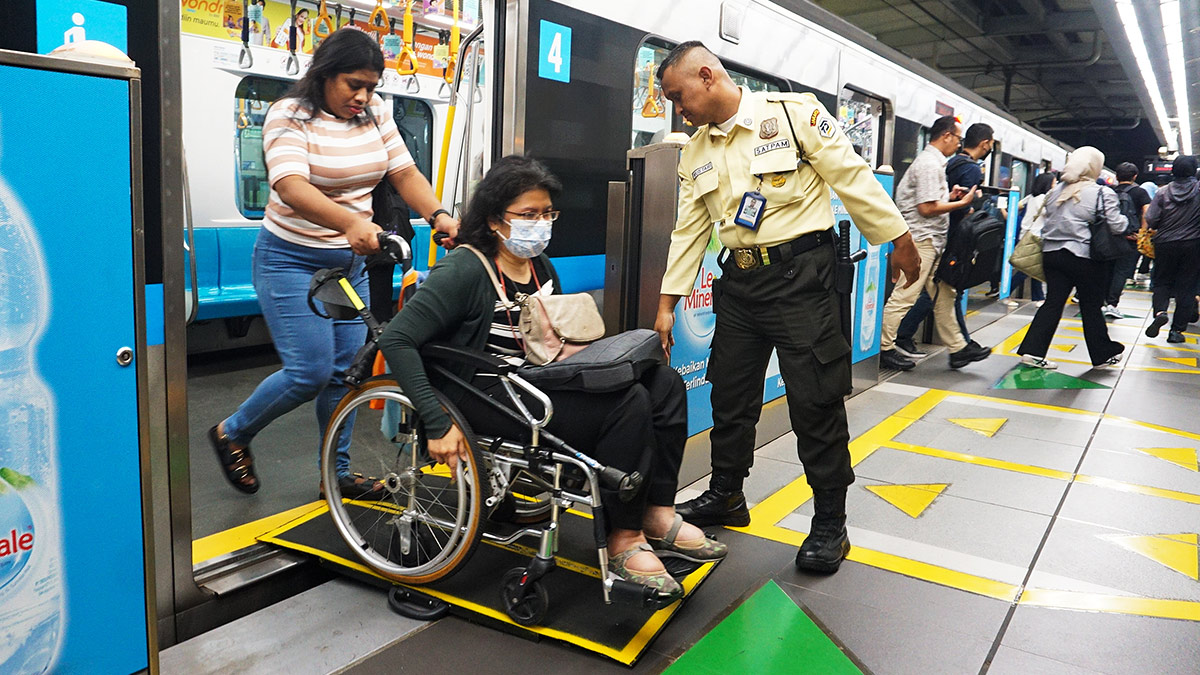
THE Indonesia Institute for Transportation & Development Policy (ITDP) began addressing the issue of inclusive public transportation in 2020. The public transportation non-governmental organization invited the public to use Transjakarta buses, commuter trains, and the mass rapid transit (MRT), including people with visual and physical disabilities.
“When they travel with us, individuals without disabilities can learn how to assist people with disabilities using public transport. Often, they want to help but don’t know how,” explained Deliani Poetriayu Siregar, Urban Planning and Inclusivity Manager at the ITDP, on Sunday, September 25.
Such excursions have become a regular ITDP activity. The organization shares the findings in focus group discussions, urging the Jakarta government to improve public transportation facilities. “This serves as our audit to measure how inclusive Jakarta’s transportation services really are,” said Deliani.
Jakarta Provincial Regulation No. 4/2022, on the Implementation of Respect, Protection, and Fulfillment of the Rights of People with Disabilities, which is a derivative regulation of the Disabilities Law, obliges the government to provide transport facilities for people with disabilities. It states that the government needs to construct facilities to provide access for people with disabilities, such as priority seating, quiet rooms, and tactile paving.
The regulation also mandates incentives for people with disabilities, as they often incur higher costs than those without disabilities. It also calls for public transport audits, involving organizations for people with disabilities in the field of public transportation.
Deliani noted improvements in Jakarta’s public transport, such as the introduction of priority seating and tactile paving for the visually impaired. Free travel cards are also available for people with disabilities using Transjakarta and Mikrotrans services.
The government has involved non-governmental organizations, such as the ITDP and the National Public Accessibility Movement (GAUN)—an organization advocating for disability-friendly public infrastructure—in planning for inclusive public transport. However, several obstacles remain in achieving this goal. “We, the ITDP and organizations like GAUN, are always involved in planning the construction of new sidewalks or Transjakarta routes. However, there is a knowledge gap regarding the construction and maintenance processes,” said Deliani.
Deliani explained that they have provided input since the planning stage, but several issues are still hindering the construction and finalization processes. For example, problems can arise if the contractor awarded the construction tender lacks a satisfactory understanding of access for people with disabilities.
Deliani cited the construction of a bus stop on a new Transjakarta route as an example. A disability-friendly prototype bus stop had been designed, and the planning was complete. However, the contractor responsible for the construction was unable to execute it. For instance, they did not have building materials that included Braille writing for the facility.
Another issue is the shortage of quiet rooms, which are essential for people with mental disabilities experiencing sudden disturbances. “In Indonesia, quiet rooms are usually used as prayer rooms or for medical consultations. They should not be used that way because if someone is having a mental disturbance, it could disturb other people,” said GAUN accessibility advisor David Tjahjana.
Syafrin Liputo, head of Jakarta’s transportation services, stressed the city’s commitment to inclusive infrastructure. In every construction project, he and his team prioritize facilities for people with disabilities and the elderly. “We strive to ensure that bus stops and stations in Jakarta are friendly to individuals with special needs,” he explained. Currently, he is focused on making the Kali Adem Muara Angke port inclusive.
Liputo added that disability organizations are always involved, and their views are considered in every public transportation construction project. “We always listen to inputs from the public when building inclusive transportation facilities,” he said.
Liputo acknowledged the involvement of disability organizations in every transportation project. “We listen to public input when constructing inclusive facilities,” he noted.
One of the challenges, Liputo said, is the capacity of human resources. He acknowledges that his team still needs education on disability issues. “Although there may only be one or two users with disabilities per day, providing this information is important to us,” he said.
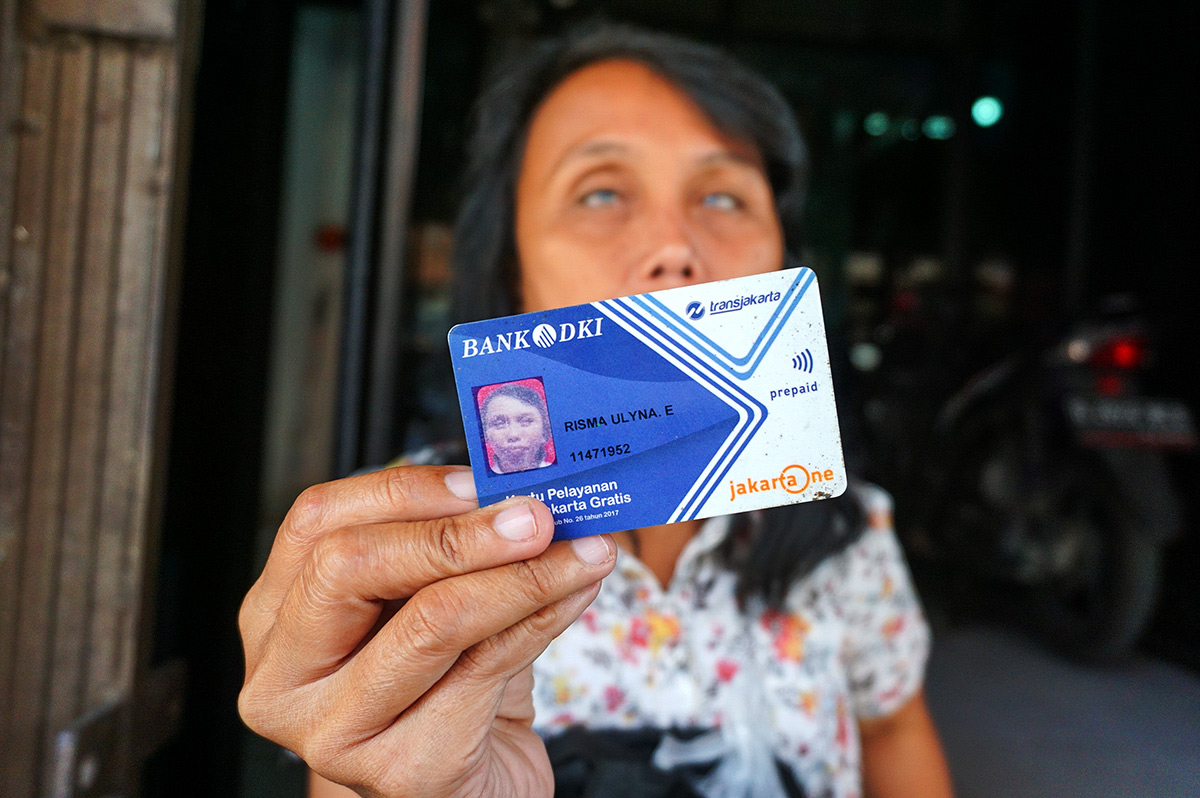
A woman with visual disabilities shows her Transjakarta Free Service Card (KLG). TEMPO/Ilham Balindra
Another problem Liputo faces is funding limitations. As a result, his team cannot always build disability-friendly public transportation immediately. “It has to be done in stages. We prioritize what is more urgent,” he explained.
Based on data from the Jakarta provincial government, the regional budget (APBD) for the Jakarta transportation department in 2024 is Rp5.194 trillion (around US$331.9 million). The largest allocation, totaling Rp3.90 trillion (US$249.2 million), is designated for Transjakarta subsidies.
David emphasized that budgeting is insignificant if disability access to public transport is not integrated from the planning stage. He said that monitoring inclusive construction is crucial to ensure the final outcome aligns with the plan. “It’s different when input from the community of people with disabilities is only sought after the access has been completed, as it will then have to be demolished and rebuilt if it is not inclusive,” he explained.
Nirwono Yoga, Executive Director of the Center for Urban Studies, believes that the construction of disability-friendly public transportation facilities must be monitored from the budgeting stage through to the implementation stage. He acknowledges that there are no sanctions if the government fails to provide inclusive public transportation. “Although there are no sanctions, the government must not slacken in providing access for the public,” he said.
The existence of a regional regulation on these facilities reflects the government’s concern. Nirwono suggests that members of the City Council verify whether the access that has been built is functioning properly and serving the people it was designed for. Many public transportation facilities cannot be used by those entitled to them. “One example is sidewalks. The funding is available; these sidewalks are built but not functional. They can’t be used. Representatives should check to see whether the funding that has been allocated is beneficial or not,” said the Trisakti University academic.
Nirwono points out that inclusive public transport allows people to participate in various activities. If public transport is disability-friendly, individuals with disabilities can carry out activities independently. The next phase, he said, is for stakeholders to improve offices and schools to ensure they are disability-friendly.




